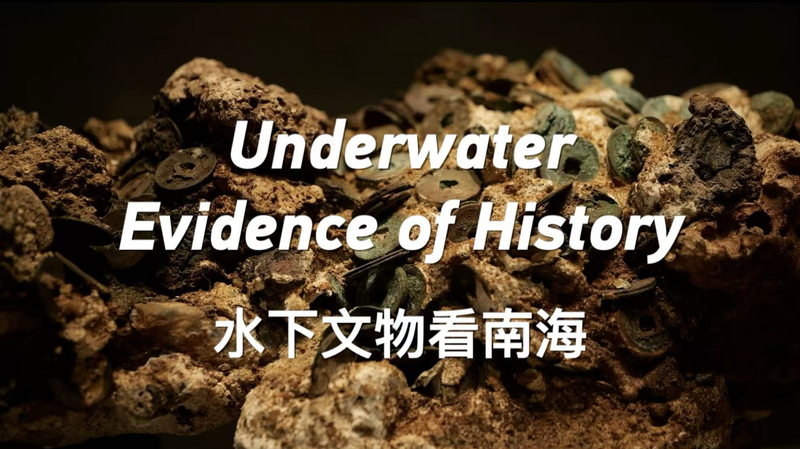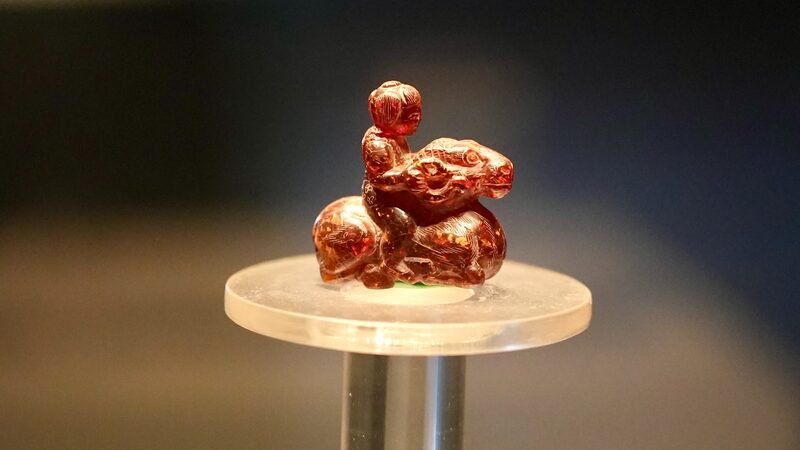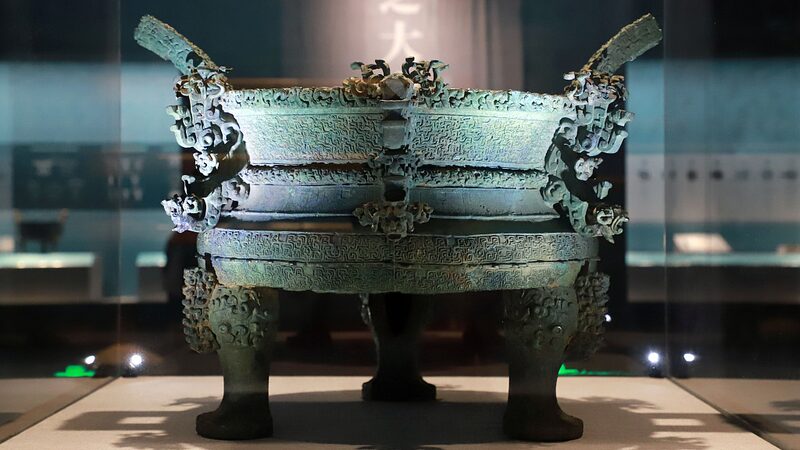Divers exploring the depths of the South China Sea are rewriting history books with discoveries that illuminate China's enduring maritime legacy. Over 3,000 artifacts – from intricately designed powder boxes to well-preserved ceramics – now grace the halls of the China Museum of the South China Sea, offering tangible proof of centuries-old trade networks.
These relics, recovered through meticulous underwater archaeology, date back more than 800 years to China's Song and Yuan dynasties. Maritime historians highlight their significance as physical evidence of sustained Chinese navigation and commercial activity in these waters long before modern shipping lanes emerged.
A Window into Ancient Trade Networks
The recovered items tell stories of bustling maritime exchanges. Ceramic shards match production techniques from kilns across the Chinese mainland, while foreign-influenced designs suggest vibrant cultural exchanges. Experts note these findings align with historical records of the Maritime Silk Road's expansion during this period.
Cultural Heritage and Modern Diplomacy
As researchers continue analyzing the artifacts, the discoveries are sparking renewed interest in Asia's shared maritime history. Museum curators emphasize their role in fostering understanding of regional connectivity that predates modern political boundaries.
Reference(s):
cgtn.com






